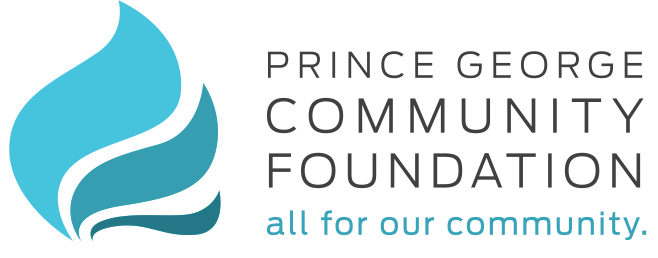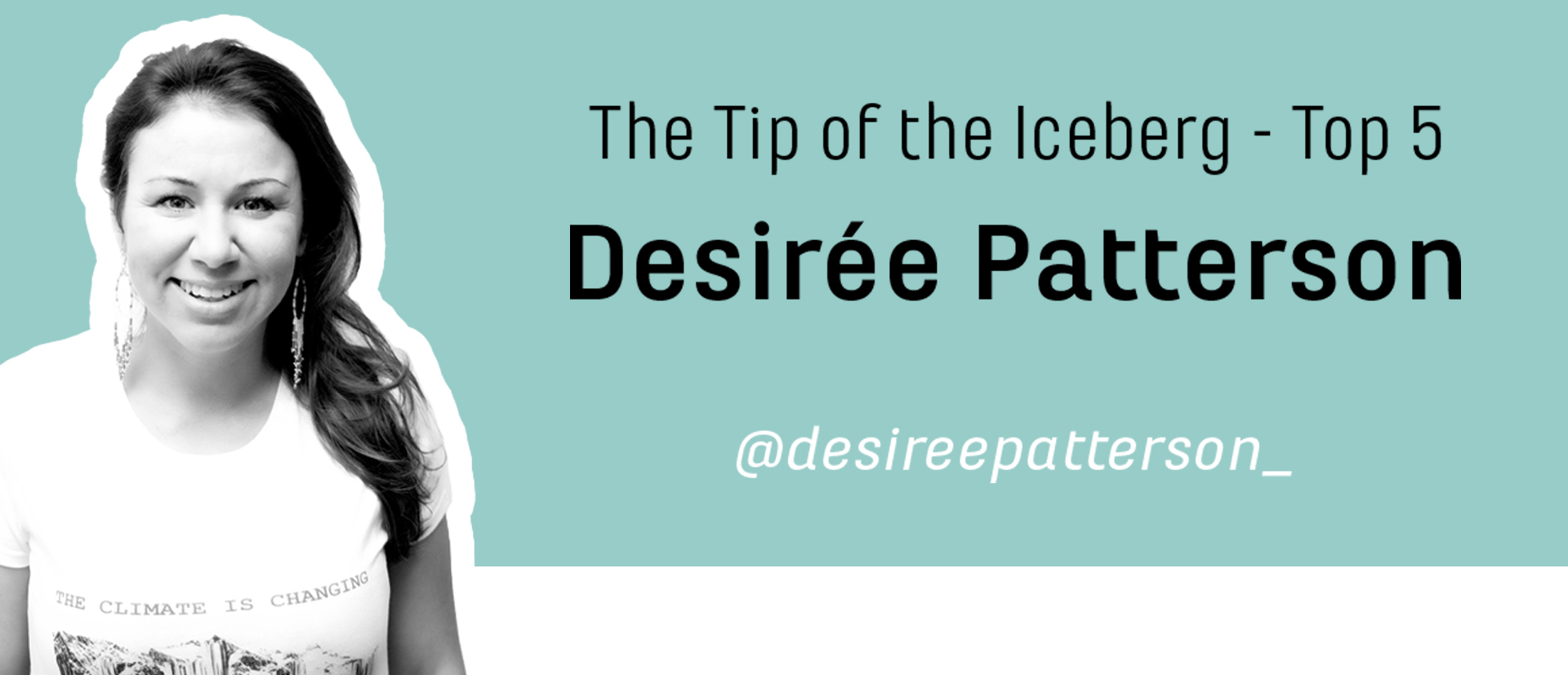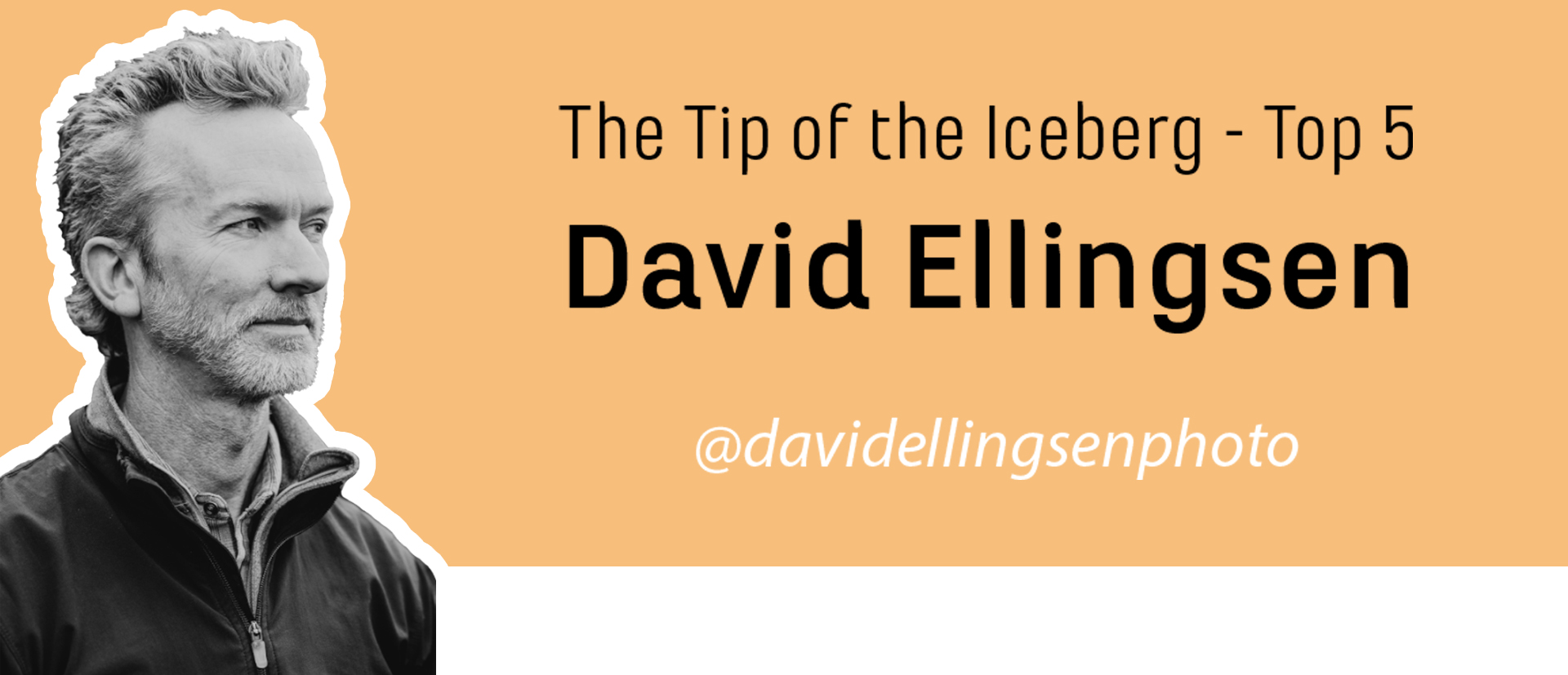1. Mission Blue
This first resource instigated my journey on the path of environmental awareness, which soon permeated every facet of my life and inspires my art practice. While watching Mission Blue (a documentary by marine biologist and oceanographer Dr. Sylvia Earle), I realized the dire state of the world’s oceans and I could no longer continue living a lifestyle that contributed to this degradation. Blue Living Guide helped me transition to a more eco-friendly lifestyle.
2. Edward Burtynsky
As I learned more about our current environmental crisis, I developed a yearning to make artworks which addressed these concerns; however, I was terrified to tackle this subject matter. Serendipitously, Edward Burtynsky’s, A Terrible Beauty, was shown at the Vancouver Art Gallery in 2014. I was astounded by this exhibition (and by Burtynsky’s compelling work). A short time after, I gave myself permission to explore environmental themes in my art practice.
3. Films
As I created artwork depicting environmental narratives, my thirst for knowledge increased substantially. Films have always captivated me, and I feel like they’ve inspired me the most. A few of my all-time favourites are: Blue the Film, The Minimalists: Less is Now,Chasing Ice, and Plastic Paradise.
4. Climate Reality Project
It was after watching An Inconvenient Sequel, that I found my call to action as an activist. Through this documentary I learned about the Climate Reality Project, an organization dedicated to giving people the tools, know-how, and network to take on and win climate and justice battles. I received training through the organization in 2018. For anyone interested in joining this community of climate leaders, training is now being offered virtually and there is one up-coming for Earth Day 2021, on April 22nd.
www.climaterealityproject.org/training?_ga=2.27785273.409648726.1613594680-1943089774.1613594680
Lastly, a renowned British Columbia based photographer that is doing incredible work to raise awareness for our oceans and biodiversity loss is Cristina Mittermeier. I find her work incredibly inspiring and I have followed her organization SEA LEGACY for years now.
Here is an additional list of organizations that are doing exceptional work and offer excellent resources:
Surfrider
Climate Convergence
Sea Smart
Dogwood BC
West Coast Environmental Law
Suzuki Foundation
Blue Dot Movement
Greenpeace
5 Minute Beach Clean Up
350.org
Oceana
Sum Of US
Georgia Straight Alliance
Care to Action
The Ocean Clean Up
I also have a blog where I share resources and information. I have been on a blogging hiatus for the past while, but I hope to get back into my environmental blogging soon.





